Prague South
8.44
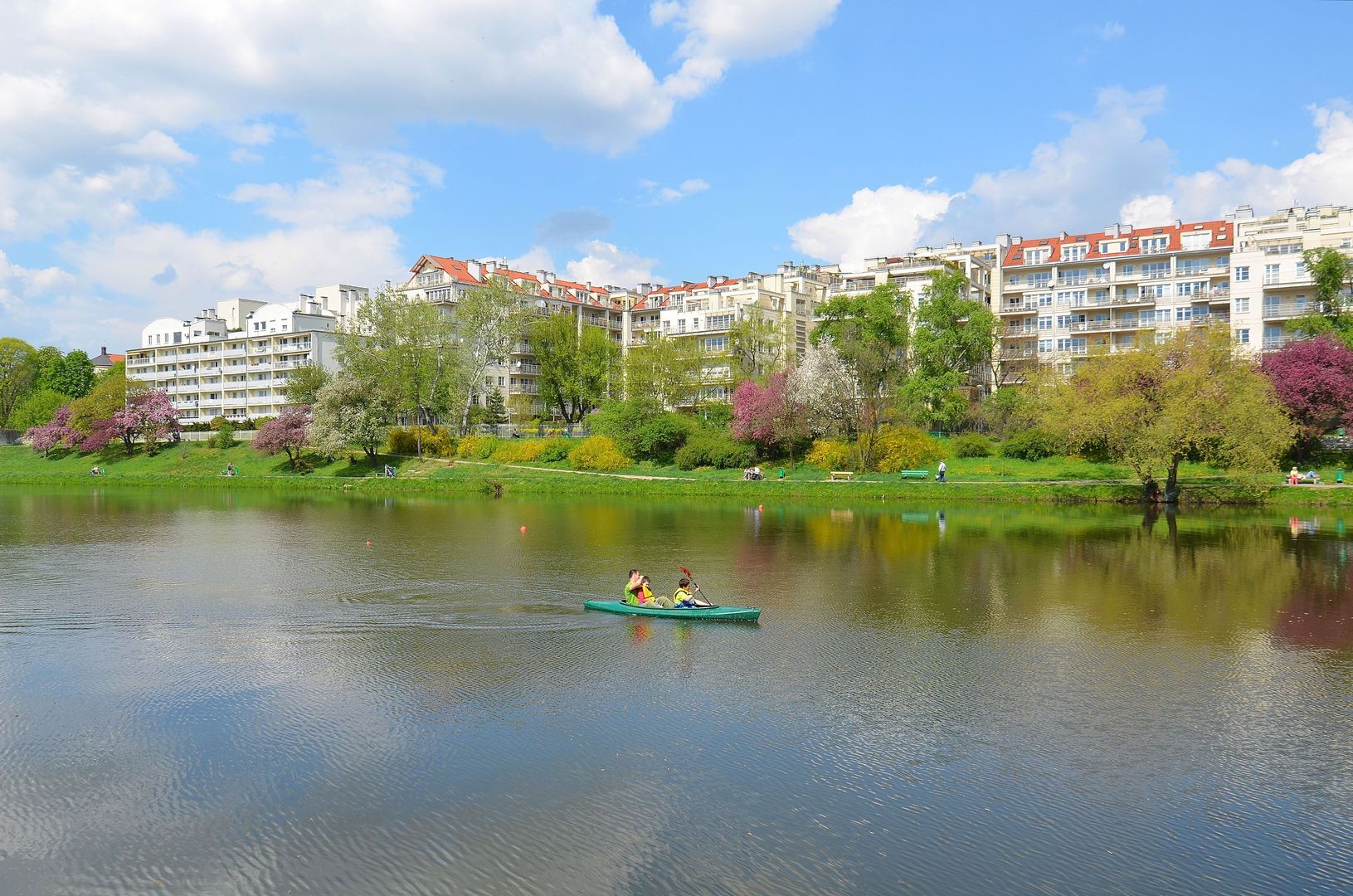
Overview
Praga-Południe is a densely populated district of Warsaw, formed from the merger of several settlements at the turn of the 18th and 20th centuries. Its name refers to a settlement located on a burnt-out forest. The district is characterized by rich architecture, dominated by modernist buildings and villa-style constructions from the 1920s and 1930s, particularly in the Saska Kępa area. Praga-Południe is also a place that did not suffer significant damage during World War II. It is home to Skaryszewski Park, considered one of the most beautiful parks in Poland, as well as the Olszynka Grochowska landscape and historical reserve, a popular spot for weekend walks. The district also has a history dating back to settlements from the 11th to 14th centuries. In 1831, the Battle of Olszynka Grochowska took place here, playing a significant role in the November Uprising. Praga-Południe gained district status in 1928, and its division into neighborhoods was introduced in the 1990s. The district boasts a rich cultural life, with numerous organizations, libraries, cultural centers, and entertainment options such as cinemas and cultural clubs. Among its notable monuments are the Konkatedra Matki Bożej Zwycięskiej (Co-Cathedral of Our Lady of Victory) and the Rogatki Grochowskie (Grochów Tollgates). Praga-Południe is also known for its industry, with important establishments like Polskie Zakłady Optyczne (Polish Optical Works) and Telewizja Polsat. The district features various shopping centers, such as Centrum Handlowe Gocław and Galeria Handlowa Rondo Wiatraczna. Interestingly, some residents advocate for changing the district's name to Grochów, pointing to its historical significance, which is closely tied to that settlement rather than to Praga.
Location
Tickets
Powered by GetYourGuide
You can also find here:
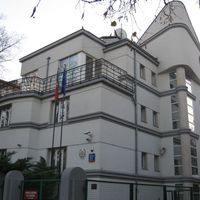
Saska Kępa
8.34
Prague South, Warsaw
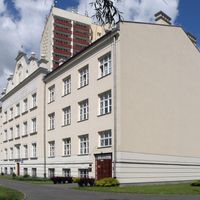
Grochów
7.67
Prague South, Warsaw
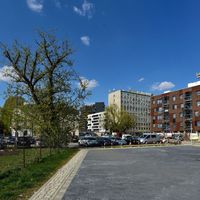
Kamionek
7.37
Prague South, Warsaw

Parish of Our Lady of Częstochowa in Warsaw
7.04
Prague South, Warsaw

Relay race
6.73
Prague South, Warsaw
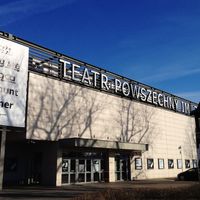
Powszechny Theatre in Warsaw
6.7
Prague South, Warsaw
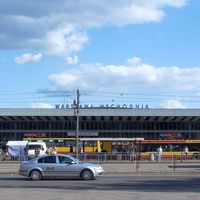
Warsaw East
6.7
Prague South, Warsaw
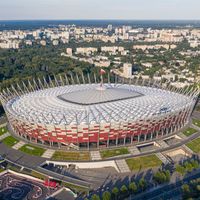
Kazimierz Górski National Stadium in Warsaw
6.7
Prague South, Warsaw
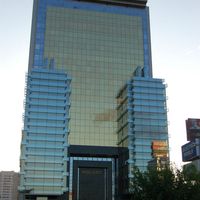
Polsat Television
6.64
Prague South, Warsaw

Poniatowski Bridge
6.57
Prague South, Warsaw
2025 Wizytor | All Rights Reserved